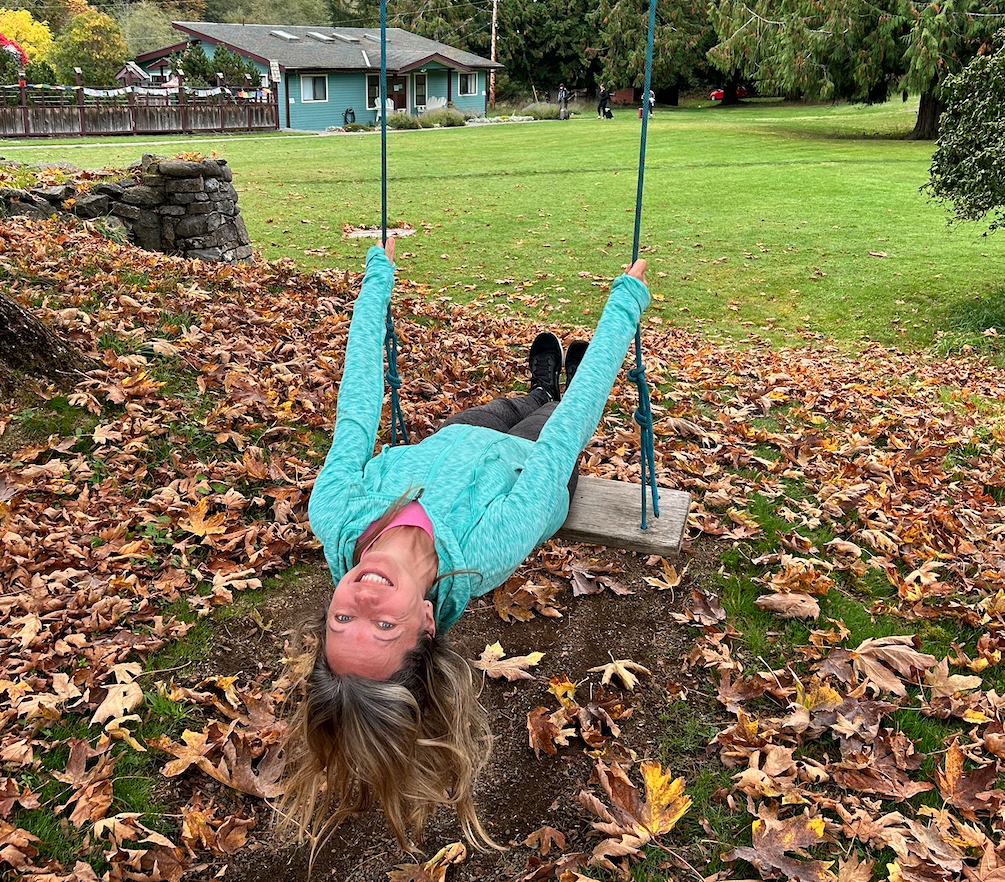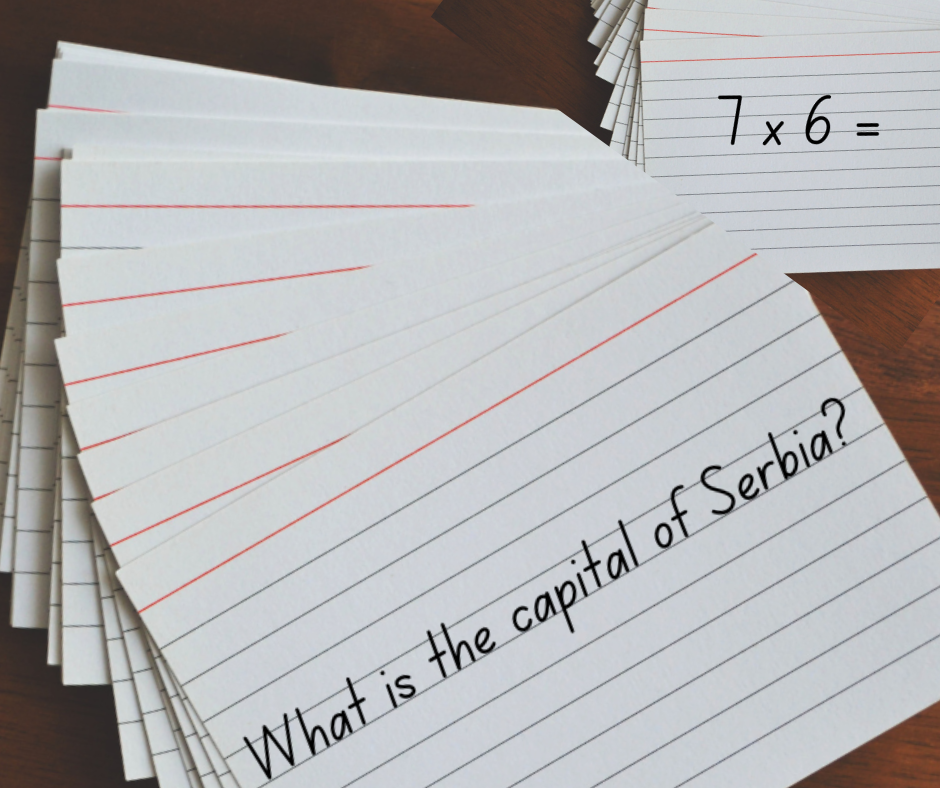
Coronavirus Anxiety in Kids
Last week, I wrote a six step script for How to Handle the Big “What If’s?” , to address the Coronavirus anxiety in kids which is quickly increasing as Canada becomes more impacted, and there are more visible signs, such as people on the streets and in shops wearing masks.
Here are some additional tips to help with processing the anxiety connected to the Coronavirus.
More Tips for Handling Worldwide Coronavirus Anxiety
Nowadays, we live in a world of instant news. Unfortunately, we hear a lot of bad news such as school shootings, terrorist attacks, political tension/conflict, environmental concerns, and most recently, the Coronavirus. Unfortunately, the images and videos that are showing up on Instagram etc. are increasing the Coronavirus anxiety in kids. They are seeing images of people screaming in pain and it’s being attributed to the Coronavirus. They’re seeing images of people purposely coughing on door handles and saying that they are trying to spread the Coronavirus! There’s so much fake news out there, that kids and adults have no idea what to believe.
Last week I wrote about six specific steps to help decrease the level of Coronavirus anxiety in kids. I recommend reading this article first, and then coming back to read today’s tips.
This week, I have five more tips for helping you help your kids PROCESS their worries.
Tip #1: Parent Models Being Calm
If you seem worried and anxious, your sensitive child will pick up on your nervous energy.
If you stop talking to your partner the moment your child enters the room, your child will know something is wrong. If you are looking at your phone with a serious face and don’t hear your child, as they try to talk to you, your child will know that something is serious.
It’s important to process your own feelings away from your children.
Tip #2: Talk to Your Child about The Event
Your child may have heard misinformation from friends, the internet, social media etc. Therefore, it’s important to first ask your child what has he/she heard, so you can understand what narrative they are replaying in their minds.
Once you have heard their information, you can correct any misinformation and decide how much more they need to know, or maybe they’ve heard the main points and this is enough. They do not need to hear every detail. Understanding why this event happened (to the best of our knowledge) helps them to make sense of it.
Some grade seven classes, listen to the news live in their current events class, but I would not recommend this. Some students will be much more highly sensitive than others and hearing the news live can be very anxiety producing. It’s important to share some information about current events, but again, they do not need to see all the images or hear all the details.
Tip #3: Teach Your Children to Calm Themselves
Teach them about deep breathing. Diaphragmatic breathing is recommended for instant relaxation. Psychologist, Dr. Charlotte Reznick, calls this “balloon breathing”. She recommends putting your hand on your belly, and as you breathe in, have your stomach go out like a balloon, and then as you breathe out, have your stomach go in! At first this feels very difficult and opposite to what we normally do, but it is very calming, once you get the hang of it!
Taking deep breaths also keeps us in the present, which is important as anxiety takes us into the future land of “What If’s?” We need to remind our kids to stay in the present and focus on the present facts.
Tip #4: Take Action
When we are feeling distressed, it helps to help others, especially the victims (when possible). We need to help our kids remember that this worldwide distressing event is out of our control, but helping others less fortunate is within our control.
For example, we can suggest bake sales, lemonade sales etc. to raise money for charities that are helping with the virus crisis in some countries.. We can do a clothing drive for the homeless in our own city who are freezing in this cold weather.
We can also help the front-line workers by making cards and drawing pictures. We can reach out to isolated elderly people and make cards and pictures for them too. We can make hearts and draw hearts to put up in our windows. We can bang pots and pans at 7pm to show our appreciation for all the people working to help us.
Tip #5: Use the Analogy of the Invisible String to Decrease Separation Anxiety
It’s natural to seek more connection and attachment when we’re distressed. During heightened stress, some children may find it more challenging to attend school as they are worried about leaving their parents. The wonderful children’s book, The Invisible String by Patrice Karst, uses a beautiful analogy, to explain that we are always connected to the people we love, through our hearts, by an “invisible string”.
To add to this metaphor, I ask children to rub their hands together really fast until they are warm. Then, I ask them to pull their hands apart a centimetre and feel the vibrational energy. I also suggest that they move their hands around and feel the energy move too, which they find fascinating. I explain that everything and every person is made up of moving energy.
We can then use the “invisible string” metaphor to think of our energy being connected to the people we love, even when we’re apart. (When my children were younger, I gave them each a little rose quartz heart, which they kept in their backpacks to remind them that we were always connected by the “invisible string”.)
I hope these tips further help decrease the Coronavirus anxiety in kids that is increasing, as more cases are reported locally,
Warmly,

PS. Receive Sharon’s free ebook: 8 Common Mistakes to Avoid When Your Child Is Anxious here
PPS. To help your child with anxiety, you may wish to purchase my children’s book (and parent’s resource): Surfing the Worry Imp’s Wave at www.sharonselby.com
*I’d be most grateful if you would take a minute to vote for me and my chosen YWCA Cause: Single/Teen Moms & Early Learning/Childcare for their kids. Scotia Bank will donate $10000 to the chosen YWCA Cause of the winner of this Connecting the Community Award. You can vote for me here (every 24 hours until April 24th) and by searching up: YWCA Connecting the Community Award on all your devices. Thank you so much!
Want to Connect?
Subscribe now to receive free weekly parenting tips and inspiration.






